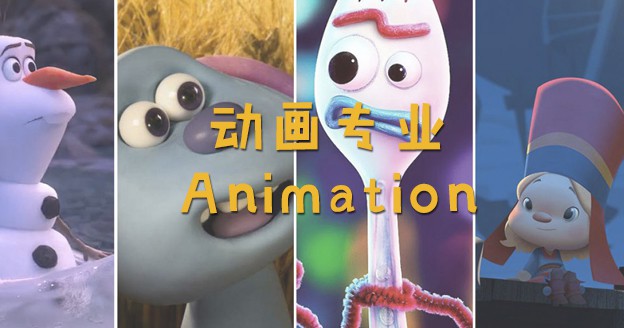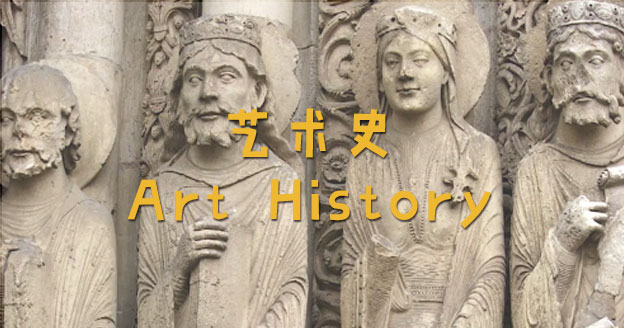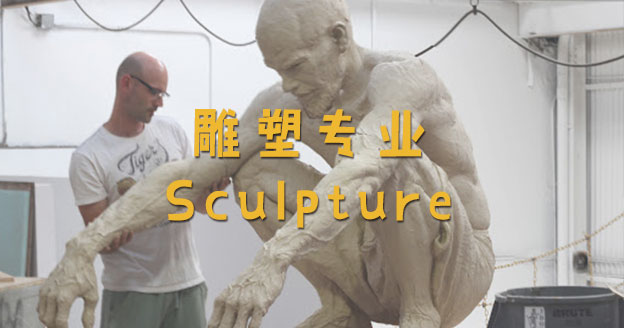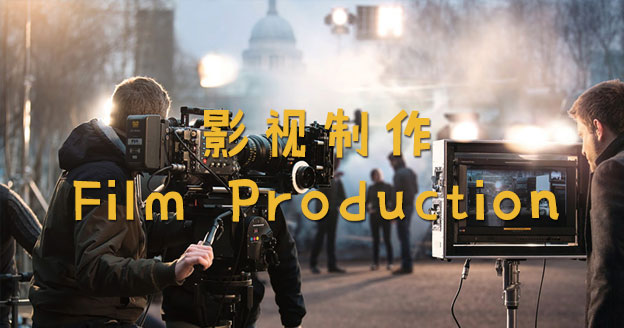[Introduction] Want to know how "Toy Story" was made? Want to know how special effects are added in movies? Want to know about the daily work of an animator? These answers can be found in studying the animation major. This article will cover the information about courses, employment prospects, program rankings, professional skills taught, and the opinions of netizens and UtoCanada.
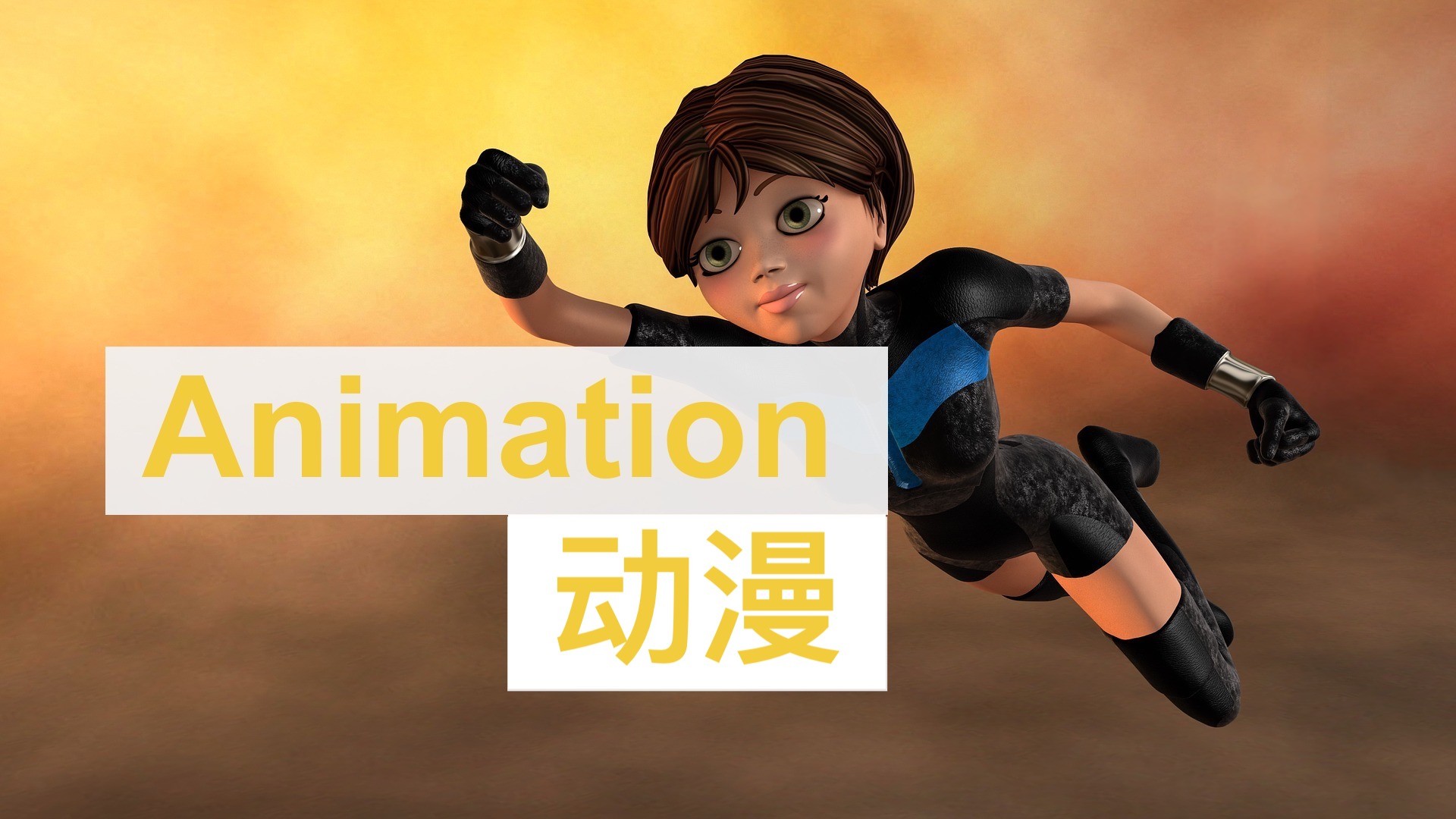
Introduction to the Canadian Animation Major
Animation majors have to take many art courses including media arts, computer graphics, film research and art, etc. The courses of the animation major combines general education, core, elective, and practical coursework such as internships or projects. Generally speaking, there are no pre-requisite courses for the animation major. Only a few schools may require a computer course as a prerequisite before applying.
Overall, the following are the key subjects in the animation major:
- Image editing and operation
- Special effects
- Network animation
- 2D and 3D modeling
- Storytelling
What knowledge and skills do students learn in the Canadian animation major?
In addition to the basic media studies, marketing courses, and writing courses, the courses in the animation major generally surround the theme of cartoons.
》Animation History:In this course, students will learn how the style and skills in animation has changed over time. By reviewing the animations in the early years, the emergence of feature-length animations, and studying the development of animations, students can learn about this rapidly changing art form. Generally speaking, this is an elective course.
》Introduction to Animation:This introductory animation course presents students with traditional and modern computer techniques used in stop motion, clay animation, and 2D/3D computer animation. Students can learn the basic theories and principles behind different forms of animations, as well as develop observation and drawing skills to improve character design, layout and story elaboration.
》Graphic animation:Through lectures, demonstrations and hands-on practice, animation students learn animation skills such as squashing, stretching, following up, keyframing, and overlapping, while learning to create their own short film animations. These are some of the first courses for animation students to build their foundations
》Storyboard:The animation is designed on the storyboard. A storyboard for each animated character is created, and finally put together a preliminary version of the animation. This practice is called “animatics.”
》3D Animation:The specialized software for creating three-dimensional images include Studio-Max and Autodesk Maya. This course mostly focuses on familiarizing students with this software and creating 3D animated short films for movies or video games. Students should complete a two-dimensional animation course before taking this course.
》Computer Animation:Creating computer-generated animation is the focus of this course. Computer animation techniques will be used to create short animation projects.
Other required skills are:
- Adobe Photoshop
- Adobe Indesign
- Adobe Illustrator
- Adobe Acrobat
- UX wireframes
- Prototyping
- User interface (UI) design
- JavaScript
- MAYA
- 3D modeling
Employment prospects of Canadian animation graduates
From box office statistics in 2017, the growth potential of the film animation industry is obvious. According to the statistics of Box Office Mojo, the most popular movies in 2017 are animated movies, "Despicable Me 3" and "The Lego Batman Movie." This does not include movies with computer-generated image (CGI) effects, including "Beauty And the Beast," "Guardians of the Galaxy" and so on.
This is good news for anyone who wants to become an animator. Employment opportunities in industries such as animated film are on the rise. The demand for animators in the talent market is still on the rise. Why? Animation is more than just TV animation and movies. As you know, in addition to producing cartoons, animated films and animated games, animators can also produce animated commercials, video special effects, online advertisements, medical videos, forensic animations for re-creating crime scenes, and 3D Virtual Tours to view architectural or residential models, etc. In short, animators do much more than make animated movies.
This does not mean that you will not face fierce competition when looking for a job. According to the current Occupational Outlook Handbook of the U.S. Bureau of Labor Statistics (BLS), there were approximately 73,700 multimedia artists and animators in 2016, and it is expected that the number of people employed in the field will reach 81,400 by 2026.
》Job description of animators (specific details)
Job responsibilities of a digital animator
- Communicate with customers and develop animations according to their needs
- Create story boards to illustrate story and production of animation
- Prepare sets, backgrounds, characters, models, and other elements that may involve designing an animated environment
- Ensure that the animation is synchronized with the original sound and audio requirements
- Use computer-aided design software
- Create accurate frame-by-frame visual effects
- Follow strict deadlines
- Coordinate with copywriters, photographers, designers, account managers, marketing experts, and other professionals involved in production
》Animation graduate salary: The decisive factors & income
The salary level of animation graduates can vary greatly, usually depending on the following factors:
- Amount of work experience accumulated
- The size and type of company
- Whether you have a professional title
- Amount of work experience accumulated
- The size and type of company
- Industry
- Employment location
- Soft skills (such as English proficiency)
In Canada, the average annual salary of an entry-level animator is $49,095, and the lower-end salary is at $35,652.

The best schools for Canadian animation majors
》Sheridan College, Oakville
Sheridan College is known as North America's "Little Harvard” for Animation, and one of the world's top animation schools. Sheridan College attracts students from Canada and all around the world, recognized for their excellence in digital media and communications, performing arts, visual arts and design, applied computer and telecommunications, engineering and manufacturing science and community service research.
Program: Bachelor’s Degree in Applied Arts (Animation) (4 years); Computer Animation Certificate Program (1 year); College Graduation Certificate in Game Level Design; and Game Development - Advanced Programming (1 year)
》Vancouver Film School (VFS):
Simply put, VFS's reputation in the animation industry is known to all. Every year a large number of students graduate from the Vancouver Film School (VFS). They work in companies such as ILM, Pixar, Paramount, EMI, DreamWorks and EA. Their courses include film production, character animation and video game design. Despite being located in Canada, even the Los Angeles Times in the United States lists VFS as one of the top ten schools favored by recruiters in the video game industry.
Courses: film production, character animation, video game design, etc.
》Seneca College – Toronto, Ontario
Seneca College's Animation Arts Centre offers a wide range of courses in animation and video game design, including: animation applications, digital animation, game animation and visual effects in film and television. Students from Seneca College are well trained in animation design skills and theoretical knowledge.
Program: 3-year Advanced Diploma in Animation, 1-year Post-graduate Certificate in 3D Animation
》Vancouver Institute of Media Arts (VanArts), Vancouver, BC
The Vancouver Institute of Media Arts (VanArts) is a mecca for animation enthusiasts. The college has also launched a number of innovative projects that allow aspiring individuals to make a launch towards their careers. Courses include: 2D/3D character animation, professional photography, game art and design, visual effects for film and television, web development and interactive design.
》Ontario College of Art and Design – Toronto, Ontario
As one of Canada's top art schools, OCAD undoubtedly has the best teaching talents in the country. OCAD has world-class courses, first-class teachers, and its own student selection criteria, so getting into OCAD is not an easy task. Therefore, before applying for this institute, it is best to prepare a ground-breaking portfolio.
Courses: Guerrilla Entrepreneurship, Explorations, Strategic Foresight and Innovation, Illustration Activism, Motion Design, Narrative Practices, Virtual Communities, Game Behaviour and Game Design, Interactive Media: Smart devices, Media Studio, Information, Visual Culture - History & Theory, and the Rise Pop Culture.
Reference article:
- https://study.com/animation_course.html
- https://www.academicinvest.com/arts-careers/graphic-design-careers/how-to-become-a-digital-animator
- https://www.rasmussen.edu/degrees/design/blog/what-it-takes-for-career-in-animation/

